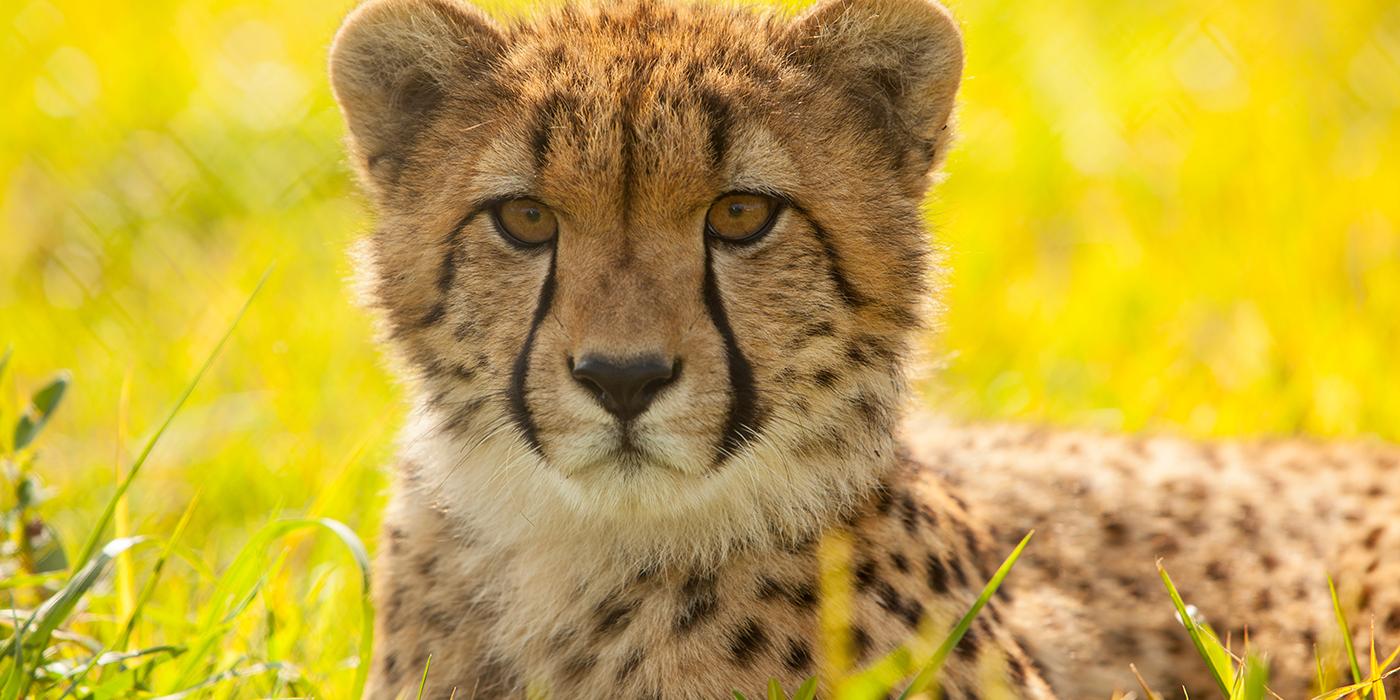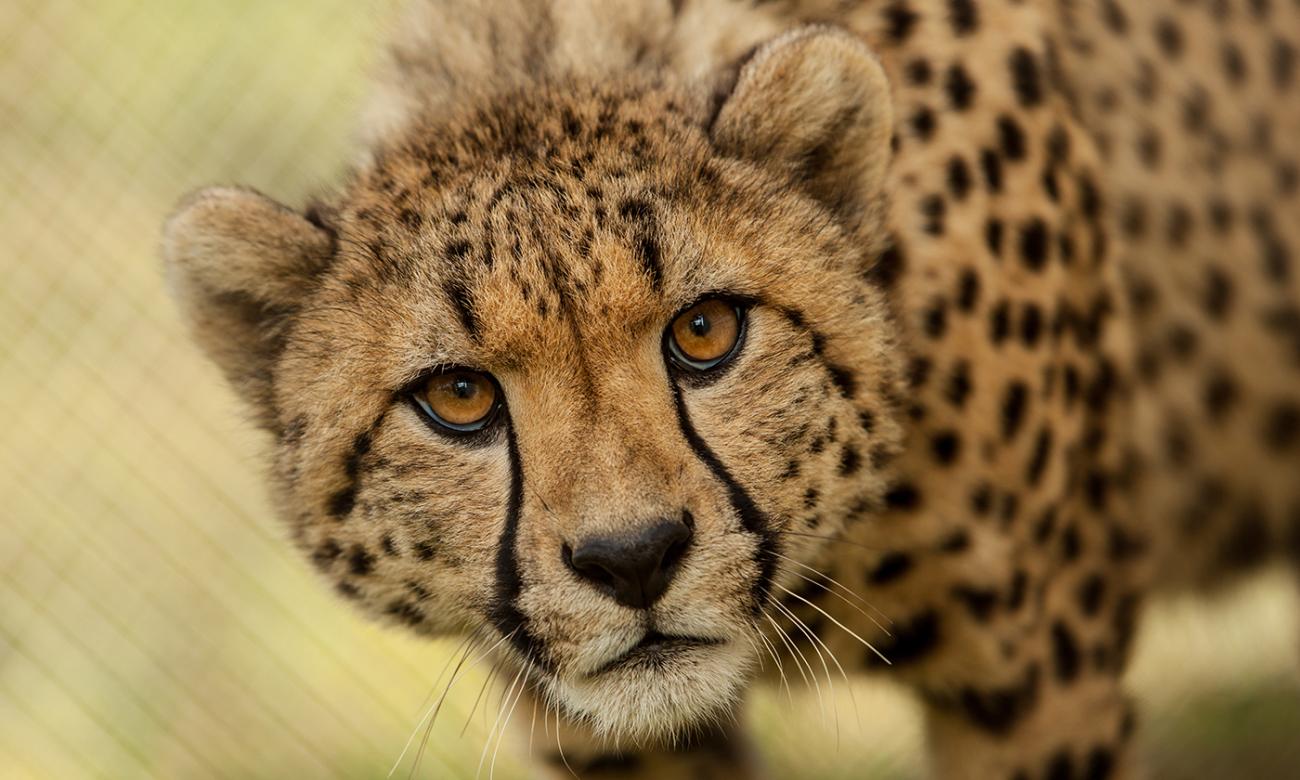Investigating AA Amyloidosis Prevalence in Cheetahs
The Smithsonian Conservation Biology Institute's Center for Species Survival scientists are working to identify the possible relationships between genetics, stress, and inflammation with serum concentrations of the SAA protein and the incidence of AA amyloidosis in captive cheetahs.
Systemic amyloid A (AA) amyloidosis is an increasingly important cause of morbidity and mortality among cheetahs in human care, yet wild cheetahs are virtually unaffected, suggesting the phenomenon is limited to cheetahs in human care. The self-aggregating AA protein responsible for this disease is a byproduct of serum amyloid A (SAA) protein degradation, an acute phase protein highly upregulated during inflammation.
SCBI scientists Ashley Franklin and Adrienne Crosier, in partnership with the cheetah Species Survival Plan pathologist Karen Terio, scientists at the University of Maryland College Park and the Cheetah Conservation Fund in Namibia, revealed that serum concentrations of the SAA protein in cheetahs is affected by an individual’s genetics. However, the high prevalence of AA amyloidosis observed among captive cheetahs is not attributable to genetic differences alone, but rather appears to be related to chronic stress, inflammation, or other environmental factors, such as opportunities for exercise.
Controlling the currently high SAA protein concentrations associated with AA amyloidosis is likely the best strategy to decrease the disease prevalence among cheetahs in human care. In addition to genetic effects, this project has shown that chronic elevation of the stress hormone cortisol is associated with higher SAA protein concentrations among cheetahs in human care. Therefore, promoting management practices that reduce stress could help mitigate the overproduction of SAA protein, decreasing the probability of developing AA amyloidosis.
Collaborators and Partners
Karen Terio, University of Illinois Zoological Pathology Program
Laurie Marker, Cheetah Conservation Fund
Anne Schmidt-Küntzel, Cheetah Conservation Fund
Zhengguo Xiao, University of Maryland College Park
The William H. Donner Foundation Inc.













